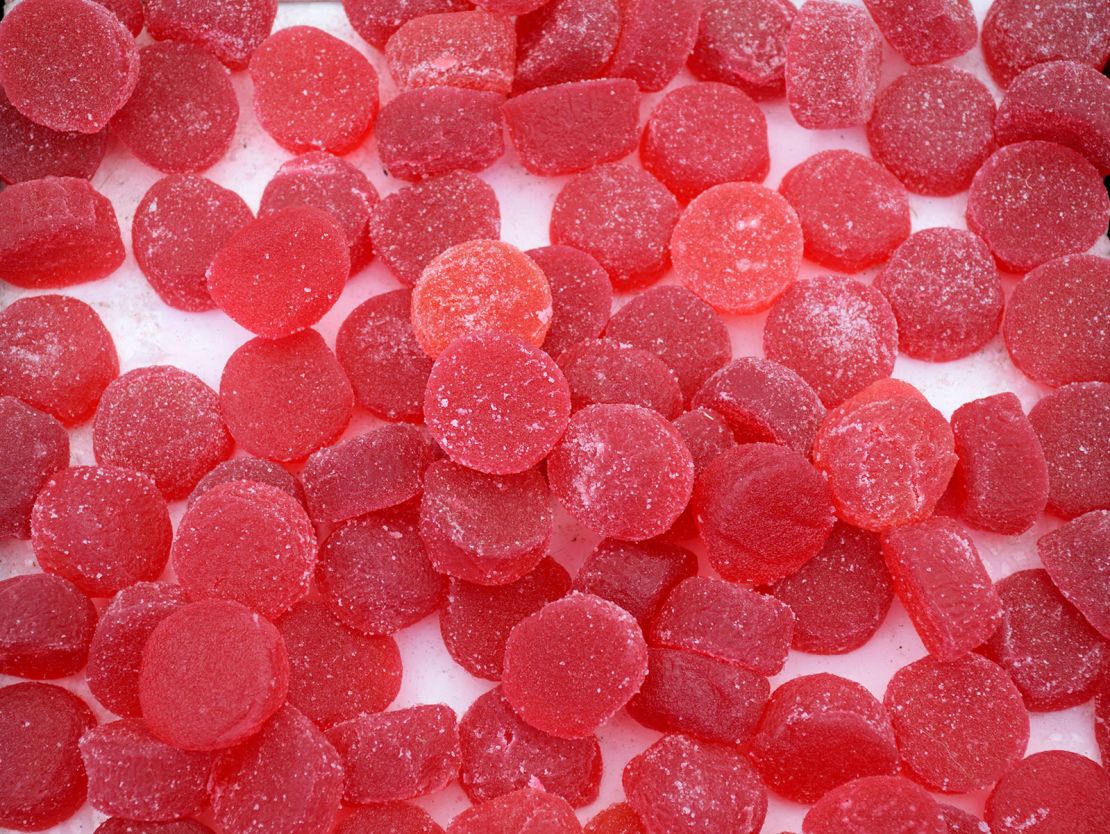Study says - Red dye used in food and medicine can cause cancer
Study says - Red dye used in food and medicine can cause cancer
Unnatural colors used in food called 'food dyes' are used in various foods available in the market. But there has been a long-standing controversy over artificial food dyes.
According to many recent studies, petroleum is used to make artificial dyes used in food. Which has a negative effect on the human and animal bodies. In particular, the use of such dyes increases the risk of cancer.
The United States has also banned the color Red Dye No. 3 used in food after research. The US Food and Drug Administration (FDA) has stated that the synthetic food color Red Dye No. 3 is harmful to human consumption and its consumption poses a risk of cancer in humans.
What is the banned Red Dye No. 3?
The artificial color Red Dye No. 3 banned by the US Food and Drug Administration is a synthetic food color, which is used to add cherry red color to food.
According to the Center for Science in the Public Interest, the dye is used in thousands of foods, including candy, cereal, cocktails, cherry and strawberry-flavored milkshakes, and more. The CSPI says the dye is used in about 10,000 food products, including hundreds of products made by several large food companies.
However, the FDA has not banned the use of other artificial dyes, including Red 40, which has been linked to behavioral problems in children. The agency banned the added color in beauty products in 1990 under the Delaney Clause. This is a federal law that requires the FDA to ban foods that cause cancer or increase the risk of such diseases in humans or animals.
Food companies in the US have until 2028
The FDA has given companies that use synthetic dyes banned in foods and drugs until January 2028 to improve their products. In addition, food products imported into the US must comply with new food regulations and requirements.
Why is there a controversy over Red 3?
Red Dye No. 3, made from petroleum, was approved for use in food in 1907. But several studies have found tumors in male rats exposed to high doses of the artificial food coloring.
There have also been concerns about whether the use of artificial food coloring is affecting children’s behavior. In 2011, the FDA raised concerns about a possible link between artificial food coloring and hyperactivity in children. But it was later determined that there was no link.
California will become the first state to ban Red No. 3 and several other food colorings in 2023, citing potential health concerns.
What foods use Red No. 3?
A search of the U.S. Department of Agriculture’s branded food database at the Food Data Central identified 9,210 U.S. food products containing Red No. 3. That includes hundreds of products made by the nation’s largest food companies.
The artificial coloring was found in marshmallows, cotton candy, and many other candy products. Artificial colors are also used in fruit juices, colored drinks, soda or cocktail drinks, cakes, some protein shakes and energy drinks, processed meat dishes, and sausages.
Also read
How to recognize organic food?
Use of artificial colors in some medicines
Not only food, but also some medicines have used artificial colors. Such as acetaminophen (painkiller), fluoxetine (antidepressant), gabapentin (antidepressant), indomeprazole (heartburn), etc.
It is important to pay attention to these things when buying food
Since the US Food and Drug Administration has banned the use of synthetic red dye number 3 in food, it is important for everyone to keep some things in mind.
You should read the label when buying food
You should check whether the artificial color red dye number 3 is used in the food. Special care should be taken with foods used especially for children, such as sweets, pellets, and colored drinks.
Use natural colors
In general, many people use artificial colors to add color to homemade foods. Since such artificial colors have negative effects on health, natural colors such as beetroot juice and turmeric should be used instead of artificial colors.
Inform the child too
If the child is old enough to understand, the child should be informed about the artificial colors used in food. Children are often attracted to colorful foods, in such a situation, they should be explained what additional colors are and what harm they can do.
Especially, they should be told about red dye number 3. They should be taught to check the quality before purchasing any food item.


Comments
Post a Comment
If you have any doubts. Please let me know.